#4496
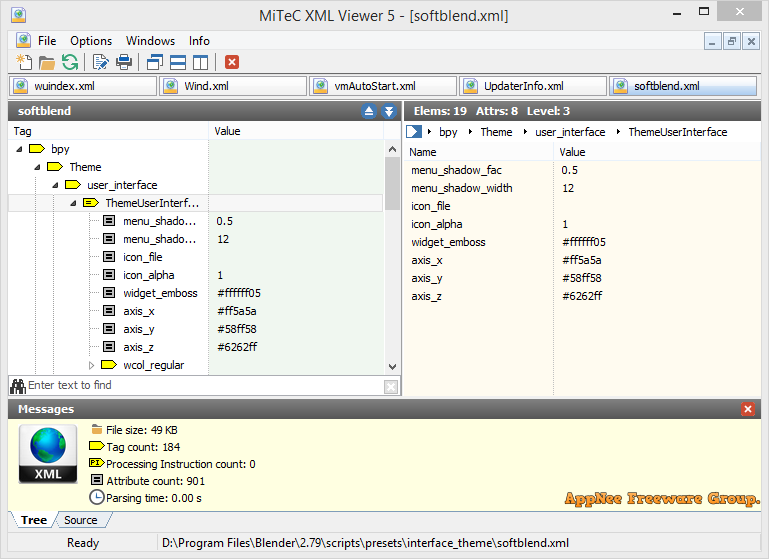
Software, network and database developers may often deal with XML (Extensible Markup Language) format of files. But in Windows, the default program used to open and view an XML file is the IE browser, so that we can only see the hard-to-read and elusive source code of XML file with IE. Although the format of the XML language itself is very neat, IE or Notepad can not meet our needs for quickly viewing, filtering and editing the data, code in a XML file.
Loading...
Loading...
#4494
Oxygen XML Editor is a cross-platform (developed based on Java) XML editing tools set including all the features of Oxygen XML Developer and Oxygen XML Author, i.e.: XML Editor = XML Author + XML Developer) from Romania. It integrates XML viewing, editing, authoring, developing and so on functions in one place, primarily including code self-checking, code debugging, code highlighting display, code auto-completion, detection and prompt of script errors, Unicode support, and more.
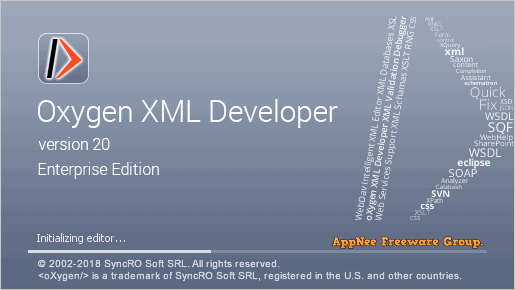
Loading...
Loading...
Loading...
Loading...
Loading...
Loading...
Loading...
Loading...
#4457
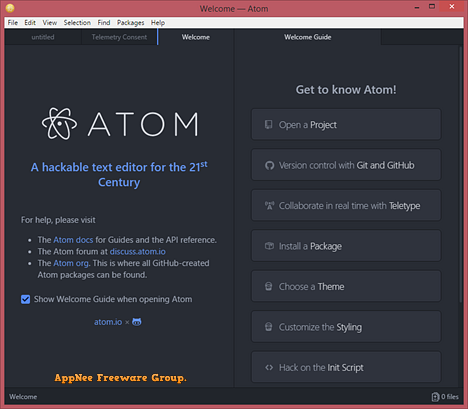
Atom is a free, open-source and cross-platform text & code editor specially designed for programmers, released by GitHub, written in Electron (CoffeeScript /JavaScript / Less / HTML). It clones all the important features of the most popular code editors in the market at present (especially SublimeText's Goto Anything, Goto Symbol, Goto Line, Command Panel, shortcut keys, and more). Finally, Atom maybe become a new industry darling for developers in various fields.
Loading...
Loading...
Loading...
Loading...
Loading...
#4440
Arduino consists of two parts: hardware (various models of Arduino boards) and software (Arduino IDE). The hardware part is an Arduino PCB that can be used to connect circuits; the software part is the open-source and cross-platform Arduino IDE (written in Java, based on Processing programming language and other open-source software) - your programming environment in computer that can be used with any Arduino boards. All you have to do is write the code in Arduino IDE, and upload it to the Arduino development board, then the program will tell Arduino PCB what to do and how to do.
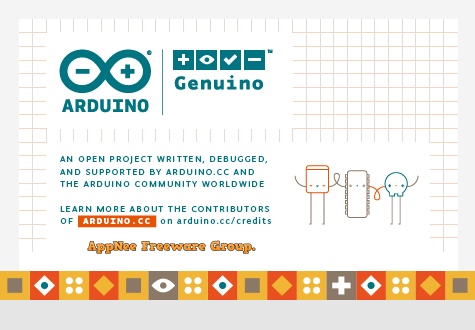
Loading...
Loading...
#4408
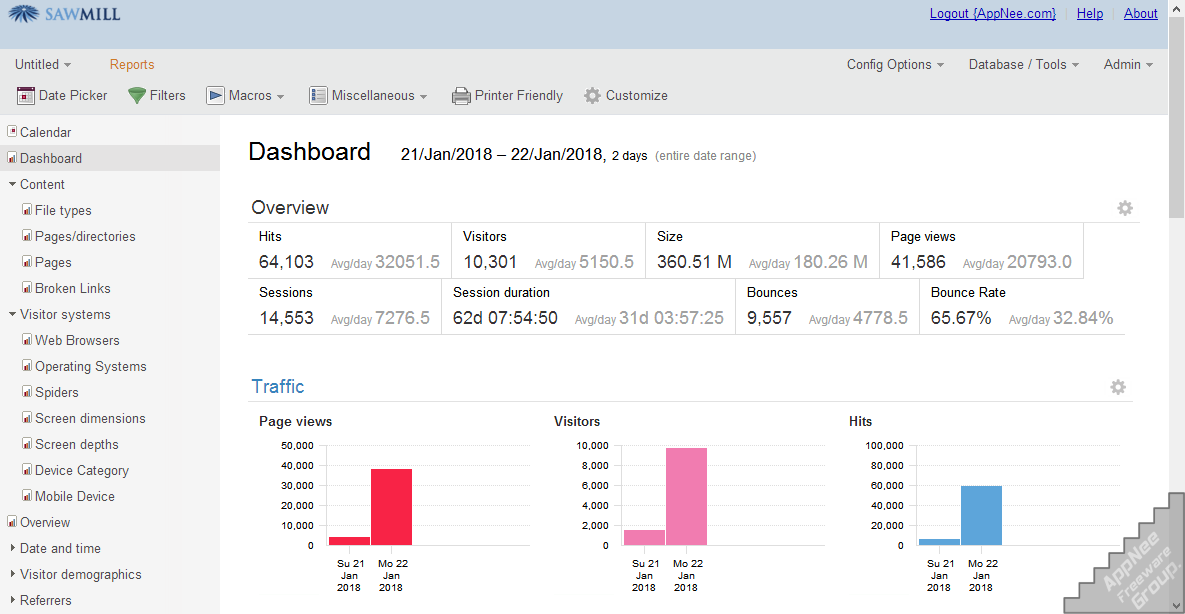
To run a website, you must clearly know the visitors and traffics relevant data (including visitor's stay time, location, operating system, web browser, browsed web pages, screen dimension, device type, etc.) of your site by analyzing the log file on your web server, in order to distinctly grasp the future development direction of Internet and your website. Instead of wasting time on manually going through the numerous traffic patterns and logs, you can use Sawmill to achieve this challenging job in a faster way with better results.
Loading...
Loading...
Loading...
Loading...
Loading...
Loading...
Loading...
#4406
With the continuous development of processor technology, the 64-bit operating system came out. Later on, the 64-bit applications began to spread widely too. In the field of reverse engineering (i.e.: software cracking), the classic and traditional OllyDbg can only perform reverse analysis on 32-bit applications. At this time, you need to know there is another debugging software that specially designed for analyzing both 32-bit and 64-bit programs - x64dbg.

Loading...
Loading...
Loading...
#4376

For a beginner who just stepped into the development of dynamic website, the construction of Apache + PHP + MySQL environment, as well as its complex configuration process are troublesome, time-consuming and error-prone. Therefore it's an efficient way to choose an integrated web development environment. In this way, you can more quickly finish the installation and configuration of your server environment, thus to concentrate more time and energy in the project development itself.
Loading...
Loading...
Loading...
Loading...
#4363
The JetBrains (formerly IntelliJ) from Czech Republic has offered many excellent IDEs for various website and application developers. For example, the IntelliJ IDEA has been recognized as one of the best Java developing tools in the industry.
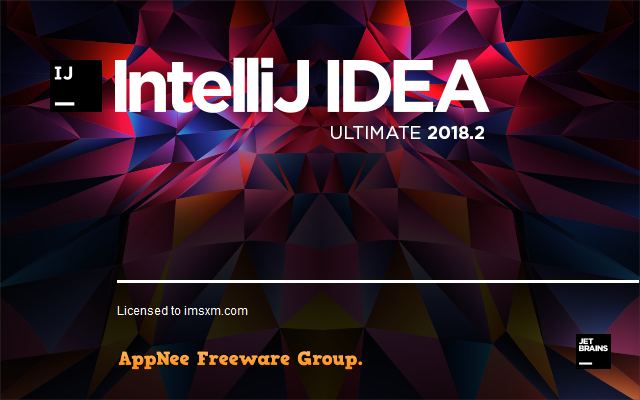
Loading...
Loading...
Loading...
Loading...
Loading...
Loading...
#4358
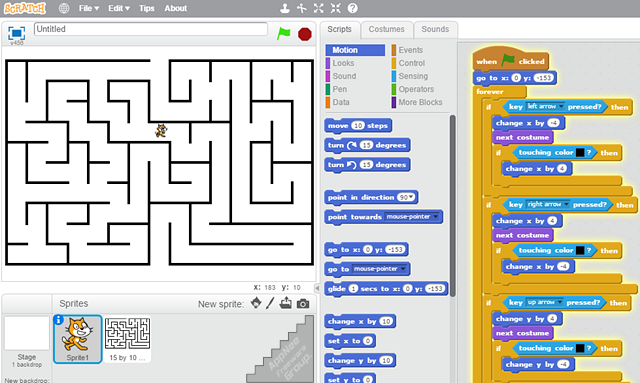
Scratch is a simple, interesting (very similar to children's games), free, open-source and cross-platform visual programming language/software. It's specially designed for worldwide children (8 to 16 years old) to use at home, school or after-school club, and developed by the Lifelong Kindergarten group at the MIT Media Lab using the Smalltalk programming language.
Loading...
Loading...
Loading...
Loading...
#4352
AutoHotkey (originally called AutoHotkey_L) is a free and open-source desktop automation scripting language developed based on the syntax of AutoIt, written by Chris Mallett and Steve Gray from Germany. AutoHotkey was designed to simplify a variety of repetitive tasks with one click, the tasks on Windows can be: launch programs, open URLs, fill out web forms, login website accounts, automatically click mouse, record macros, etc.
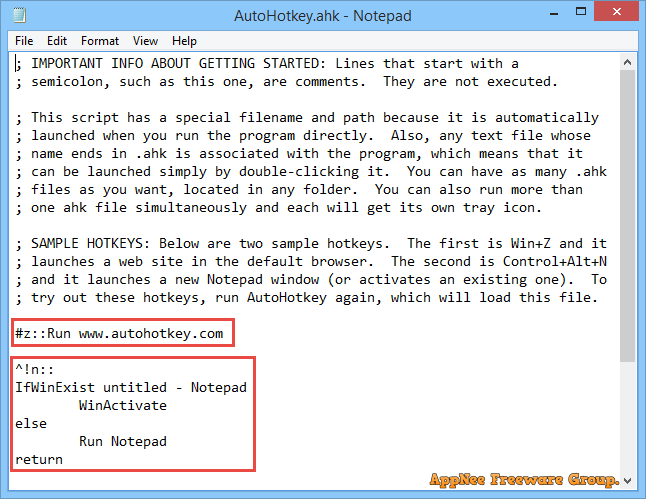
